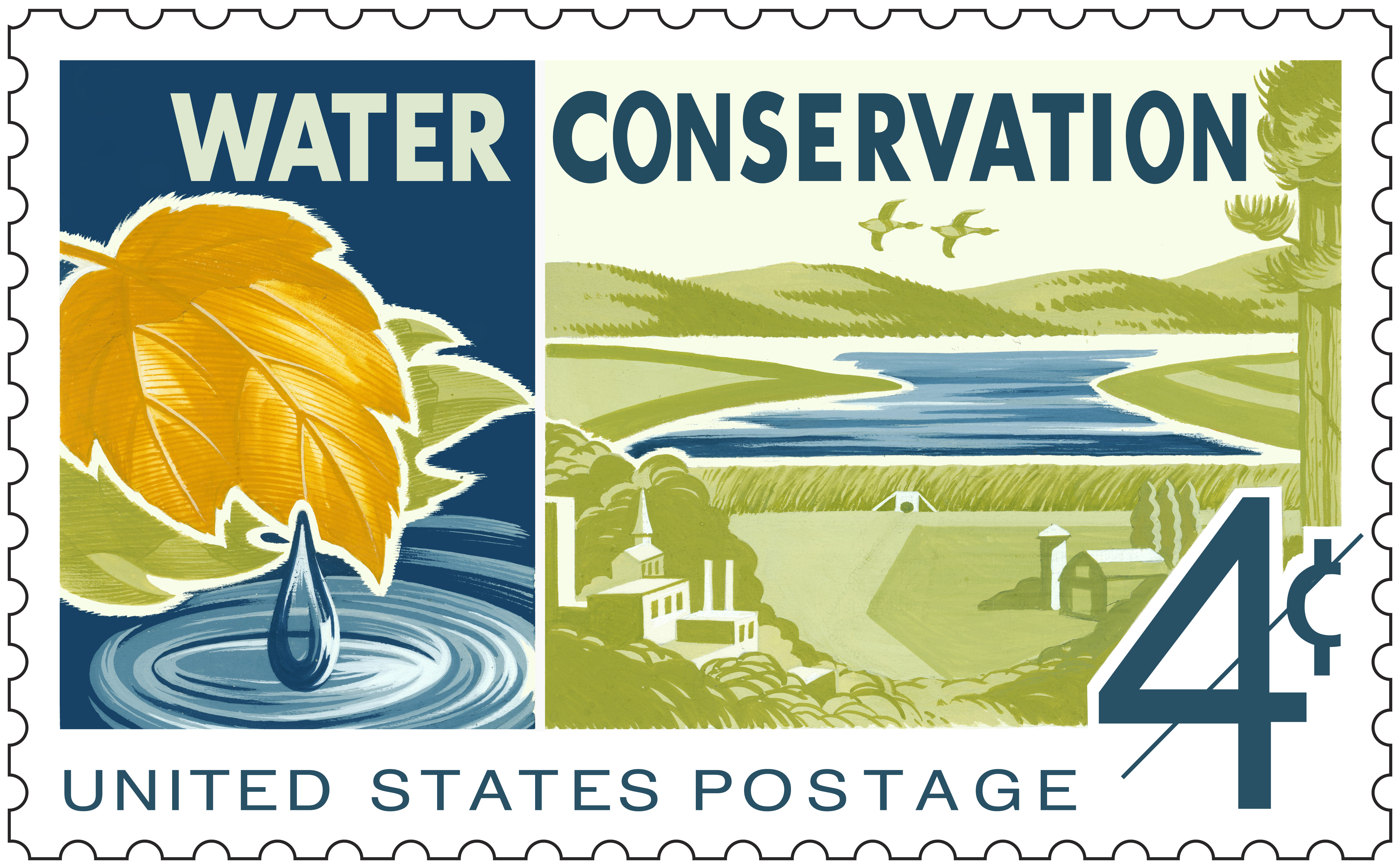Data collected by the U.S. Geological Survey (USGS), as part of the Pesticide National Synthesis Project, show that use of neonicotinoids in agriculture rose from about 150 metric tons (all imidacloprid) in the late 1990s and early 2000s to between 510 and 625 tons in 2004. From 2004 to 2007, these figures nearly doubled, and in 2012, according to USGS data, between 2,677 and 2,819 tons were used. Data for 2013 and 2014 are still preliminary but suggest the numbers have continued to rise. “What really drove that mid-2000s increase was … the development of these treated, coated seeds that had the insecticide on them,” says Michelle Hladik, a research chemist and pesticide specialist at the USGS California Water Science Center in Sacramento. Various fungicides and insecticides had been coated onto seeds before, dating back to at least the 1950s. But “this was really the first widespread” application of treated seeds in agriculture, she says. The compounds’ high water-solubility means that portions not taken up by plants can be dissolved in rainwater, snowmelt or irrigation runoff that drains from fields into streams, ponds and groundwater. Once entrained in these waterways, the chemicals can spread from where they were used. Further, the most widely used neonicotinoids are persistent in the environment: Figures vary depending on the study, but imidacloprid has been found, for example, to last for months in soils before degrading and weeks in water before dissipating, while others may last even longer. Such residence times raise the prospects of prolonged and widespread exposures to animals, and the potential for the compounds to accumulate in the environment over time.
In the U.S., imidacloprid was found in about 90 percent of surface water samples collected during the irrigation seasons of 2010 and 2011 in three agricultural regions of Central and Southern California; in about one-fifth of those samples, the detected concentrations exceeded 1.05 μg/L, the EPA’s current benchmark for aquatic invertebrates, above which chronic exposures to imidacloprid could harm animals in the agency’s estimation. And a 2013 study in Chemosphere, which analyzed water collected in 2005 from playa wetlands adjacent to cotton fields in the Southern High Plains of Texas, detected acetamiprid and thiamethoxam in 17 and 31 percent of samples, respectively, with concentrations at times exceeding the EPA benchmarks for those compounds. After an initial small-scale study of two Georgia waterways turned up hints of imidacloprid, she turned her sights to Iowa, the leading U.S. producer of corn and soybeans. “We knew that they were using [neonicotinoid] seed coatings for a lot of the seeds that were planted,” Hladik says, so her team wanted to look at the frequency, timing and concentrations of neonicotinoid occurrences.
Throughout the 2013 growing season from early spring through October, Hladik and her colleagues sampled nine stream sites across Iowa that catch water from basins of various sizes and with different extents of agricultural land use. They reported in Environmental Pollution in 2014 that neonicotinoid concentrations in their samples were typically low, averaging less than 0.01 μg/L across all samples, with peaks in May and June not exceeding 0.5 μg/L. But at least one neonicotinoid was detected in 76 percent of the samples, and nearly half contained two or more chemicals.
“We were detecting them quite frequently at all times of the year,” Hladik says, “but we were getting this increasing concentration and frequency right after planting, which was letting us know that these seed treatments were one of the driving factors.” Additionally, she notes, given the high detection frequency before the year’s seeds had even been sown, “clearly, there is some residual level hanging around in the soil” from year to year.
Building on the Iowa study, Hladik and hydrologist Dana Kolpin of USGS’s Iowa Water Science Center broadened the view further, publishing the first national-scale survey of neonicotinoids in streams across the U.S. in 2015 in Environmental Chemistry. They analyzed water samples collected between fall 2012 and summer 2014 from 48 streams in 25 states plus Puerto Rico; the streams drain areas ranging from 12 to more than 16,000 square kilometers and were known to receive runoff from agricultural and/or urban sources.
The researchers detected at least one neonicotinoid in 63 percent of the samples, with imidacloprid — used for the widest array of applications — appearing most frequently, while 26 percent contained two or more neonicotinoids. The range of concentrations observed was similar to that seen in the Iowa study, averaging 0.02 μg/L across all samples nationwide and topping out at about 0.45 μg/L, measured in March in a California stream draining both agricultural and urban lands near Monterey Bay. Hladik and Kolpin noted that higher concentrations generally correlated with greater proportions of agricultural and urban land use in stream watersheds. Additionally, from sampling in Iowa as well as from a trio of streams draining agricultural areas in the Chesapeake Bay watershed, they reported that neonicotinoid concentrations spiked following rain events during the planting season, results that “confirm that precipitation is an important driver of neonicotinoid transport to streams following periods of use,” they wrote.
Source: Earth Magazine, April 2017
https://www.earthmagazine.org/article/neonicotinoids-prominent-pesticid…

- Login om te reageren

Neonics will wipe out insect(ivore)(s)
The dose-response characteristics of neonics in arthropods indicate reinforcement of effects by exposure time. The annihilation of insects by neonics is only a matter of time. Environmental pollution with neonics threathens the survival of insectivores such as fish, birds, bats, hedgehogs, reptiles and amphibians.